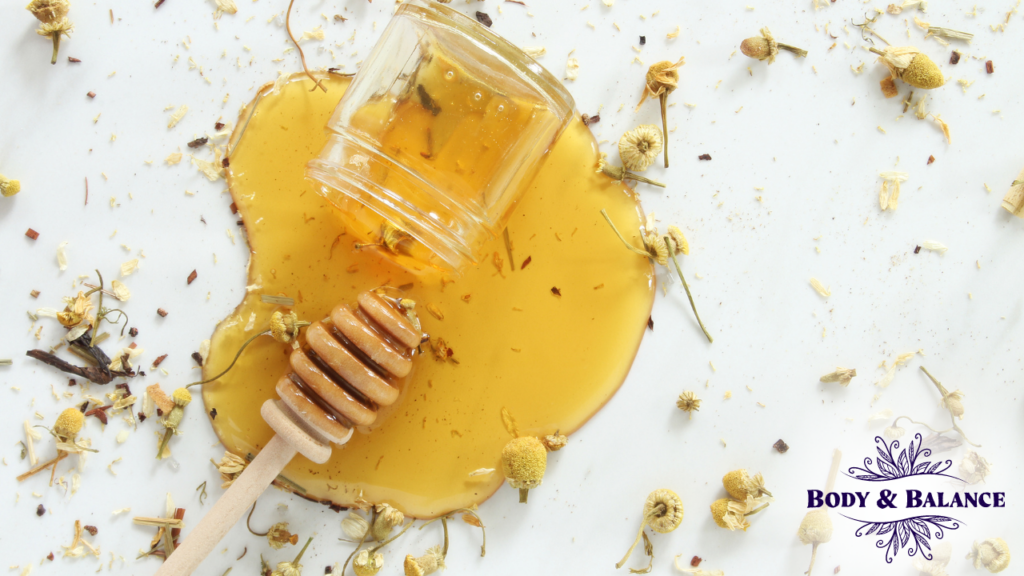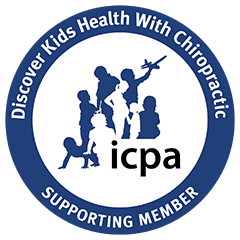Honey can be floral, fruity, woody, nutty, earthy, smoky or spicy, depending upon its source of nectar. It can smell like an aged cheese or fresh as grass. It can look almost as clear as water or as thick and dark as molasses. No matter how it tastes, looks or smells, there are many health benefits of honey.
About Honey
The National Honey Board says, “Honey is honey, it’s just that simple,” but is it? About 60,000 bees will live in a hive and travel as much as 55,000 miles to visit more than 2 million flowers in order to collect enough nectar to make just one pound of honey.
The color and flavor of honey will differ depending upon the blossoms used. There are actually more than 300 different kinds of honey in the United States with various floral sources such as clover, eucalyptus and orange blossoms.
Honey is known as honig in German, miele in Italian, shahad in Hindi and miel in French (just to name a few). It is rare to find a place in the world where honey is not widely used and considered a standard part of the cultural diet.
Health Benefits of Honey: Allergy Support
When we think of honey, the first thought is typically, “A healthy sweetener,” and that’s true enough. But there’s so much more to it. Honey can be beneficial in a multitude of ways, based on its antibacterial, anti-fungal and antioxidant properties. Consider the following amazing health benefits:
- Allergies: Just a teaspoon a day of raw, local honey can decrease symptoms or prevent them altogether. In 2011, a study of 44 patients diagnosed with a birch pollen allergy who consumed either birch pollen honey or regular honey daily, experienced a 60% reduction in symptoms and twice as many days where they were without symptoms. Additionally, they had 70% fewer days with severe symptoms and a 50% decrease in the usage of antihistamines.
- Conjunctivitis (pink eye): Combine equal parts warm water and honey then stir to mix well. Allow the mix to cool, then apply as an eye wash. Be aware that honey can sting a bit.
- Nasal congestion: Add honey to a steam or simply spread it over the sinus area of the face. Sinus congestion will drain quickly.
Immune Health Benefits of Honey
- Cough and/or sore throat: Mix equal parts apple cider vinegar and honey, and add a twist of lemon. Drink a bit of this mixture every two to three hours. A research study has determined that children who get a dose of honey cough less and sleep better than those who get cough medicine with dextromethorphan, the ingredient in most over-the counter cough syrups.
- Immune support: Routine eating of raw, organic honey increases B lymphocytes and T-lymphocytes, two types of white blood cells that improve immunity.
- Sinusitis: Add a teaspoon of honey to a cup of saline water and use it in a neti pot. Do not use a neti pot while congested. If congested, clear the congestion first.
Aches and Pains Health Benefits of Honey
- Arthritis and leg cramps: Likely, the alkalinizing effect of a mixture of honey and apple cider vinegar, when used over a period of time, either internally or externally, has relieved the pain of arthritis. As this mix is anti-inflammatory, it increases circulation and, when rubbed on the legs before bed, can help prevent late night leg cramps.
- Cuts, burns and other skin abrasions or wounds: Significant research has shown the benefits of using honey in wound management. Since it has antiseptic and antibacterial properties, it helps in healing, while additionally encouraging the body to use its own enzymes and moisture to re-hydrate, soften and remove dead tissue from wounds. The Waikato Honey Research Unit in New Zealand continues to research these healing benefits and properties of honey. Spread honey liberally on wounds or burns, then leave it open to the air, it’s best (especially with burns) to not apply anything more than a very light gauze.
- Diabetic sores: One of the only treatments that can help an unresponsive diabetic wound, apply honey directly to the sore and cover with light gauze.
- Diaper rash: No matter how bad the rash, just a thin coating and then allowing the child to go diaper-less for a bit can clear it up in no time.
Health Benefits of Honey: Digestive Discomforts and Beyond
- Digestion issues: Because of its balancing effect on digestion, honey is useful for relieving both diarrhea and constipation.
- Insomnia: A spoonful of honey before bed can help support a peaceful night’s rest.
- Stomach ulcer: Honey inhibits the production of H. pylori, which is the culprit behind most ulcers; eat 2 to 3 ounces a day for three months for ulcer relief.
Although, according to the Honey Association, it’s been around for about 150 million years, we continue to learn more about the benefits of this sweet gift from the bees.
Different Honey, Different Properties
New research has shown that Manuka honey, made by bees that feed off the flowers of the Manuka bush, a medicinal plant native to New Zealand, may offer a wealth of additional healing benefits.
Researchers from India explored a number of strategies for reducing dental plaque and found that Manuka honey worked just as well as chlorhexidine mouthwash to reduce plaque formation on teeth.
Additional clinical trials have found that Manuka honey can effectively eradicate 250 clinical strains of bacteria including methicillin-resistant Staphylococcus aureus.
The U.S. Food and Drug Administration (FDA) even approved Manuka-honey-based wound dressings in 2007.
The Honey Bee
Albert Einstein once said, “If the bee disappeared off the surface of the globe, then man would have only four years of life left. No more bees, no more pollination, no more plants, no more animals, no more man.” Whether it was really Einstein or someone else, the truth of the statement can’t be denied.
There are only seven species of bees listed on the endangered species list. They are all native to the Hawaiian Islands. The U.S. Fish and Wildlife Service has recently proposed that the rusty patched bumble bee be added to the list.
There are 20,000 known species of bees found on every continent except Antarctica. Having even one bee on the endangered list is disturbing. The cause may be anything from natural selection to neonicotinoids found in pesticides.
The plight of bees everywhere is beginning to make headlines because they are one of the world’s greatest pollinators. Without them, about a third of crops and most of our wild plants would fail.
In Summary
Honey is good for you and your family in ways that probably surprise you, but not all honey is the same. When purchasing honey for its medicinal properties, be sure to find raw, unfiltered honey. Most honey on the market is processed. It can even include added sweeteners like high fructose corn syrup.
There are questions to ask when buying honey. Do you use chemicals in your hives? Is the honey pasteurized? When was your honey harvested? (For those allergic to spring pollens, spring varieties can provide better allergy protection.) How do you feed your bees? Where are you located?
As for the bee population, there are things you can do to help them including buying local honey and being sure to plant bee-friendly flowers in your community. A quick Google search of “how can we help the honey bee population” will offer a lot of great ideas.
Learn more about the benefits of chiropractic care and the benefits of making it part of your family’s wellness lifestyle. Click to schedule a complimentary consultation with the Body & Balance practitioners today.
RESOURCES: DR. CLAUDIA ANRIG-THE WELLNESS FAMILY



